- Green hydrogen projects may be the lifeblood of big oil companies in the future
- Green hydrogen electrolyzers currently have an average cell size of 3 to 4 MW, and this number is expected to increase by a factor of 20 by 2025
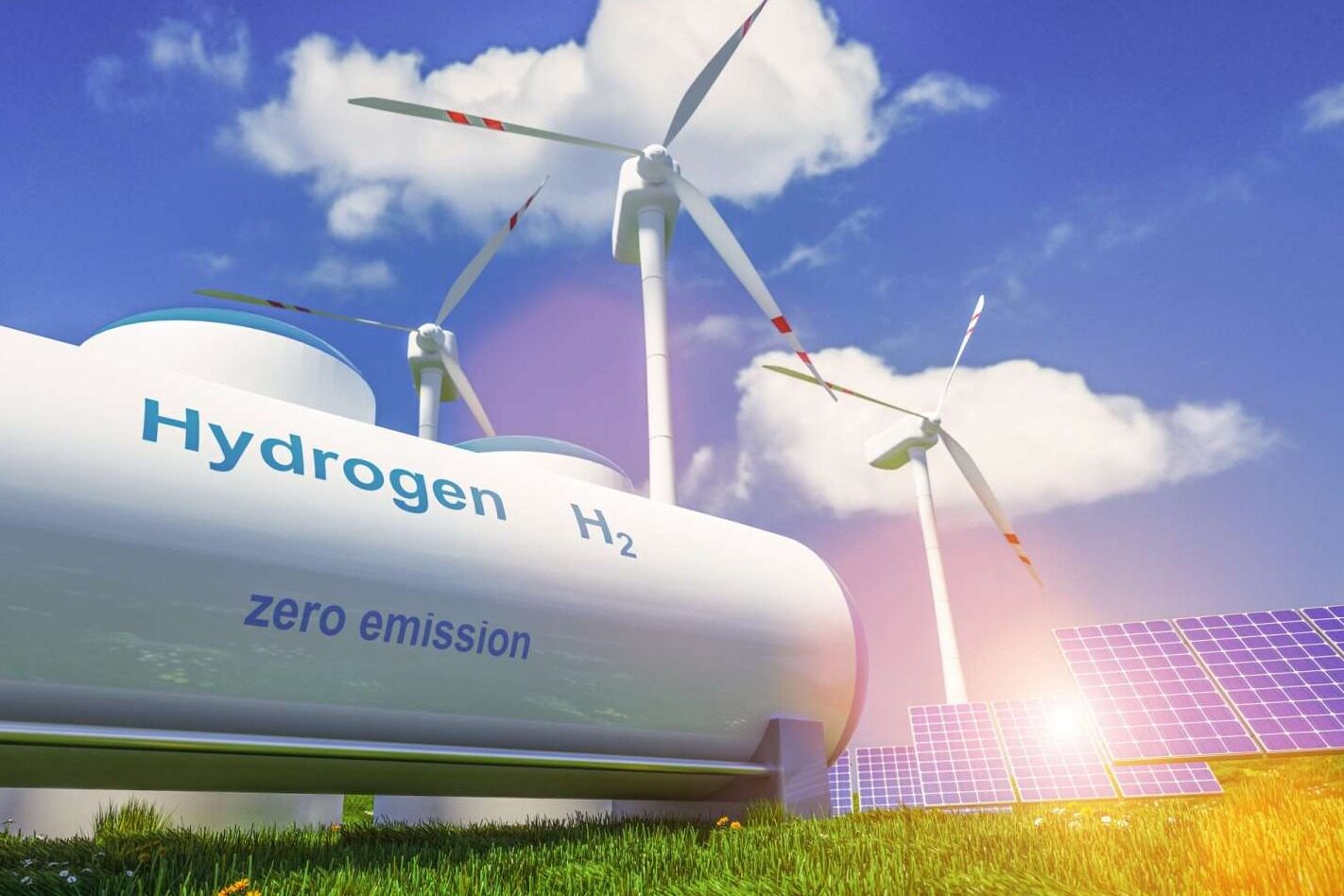
After years of dabbling in green hydrogen technology, global energy companies are finally planning to invest massively in it. Recently, Unigel, Brazil's largest nitrogen fertilizer producer, announced that it will invest US$120 million for green hydrogen production. The first phase will build three green hydrogen production plants with an installed capacity of 20,000 kilowatts, followed by the expansion of several green hydrogen and green ammonia plants. After completion, the green hydrogen production scale of the project is expected to reach 40,000 tons per year.
In fact, in recent years, Latin American countries with abundant wind and solar resources are increasing their investment in the field of green hydrogen. Brazil, Argentina, Chile and other countries have recently announced plans for green hydrogen production. For Latin American countries that are highly dependent on fossil fuels, green hydrogen is gradually becoming an important starting point for energy transition.
Many Latin American countries vigorously promote green hydrogen projects
According to the latest information disclosed by Unigel, it will take the lead in building a green hydrogen plant in the state of Bahia in northeastern Brazil. It is expected to be officially put into operation in 2023. The annual output of green hydrogen will reach 10,000 tons and the annual output of green ammonia will reach 60,000 tons. . In 2025, the company will start the second phase of the project's construction plan, when the annual production of green hydrogen and green ammonia will quadruple.
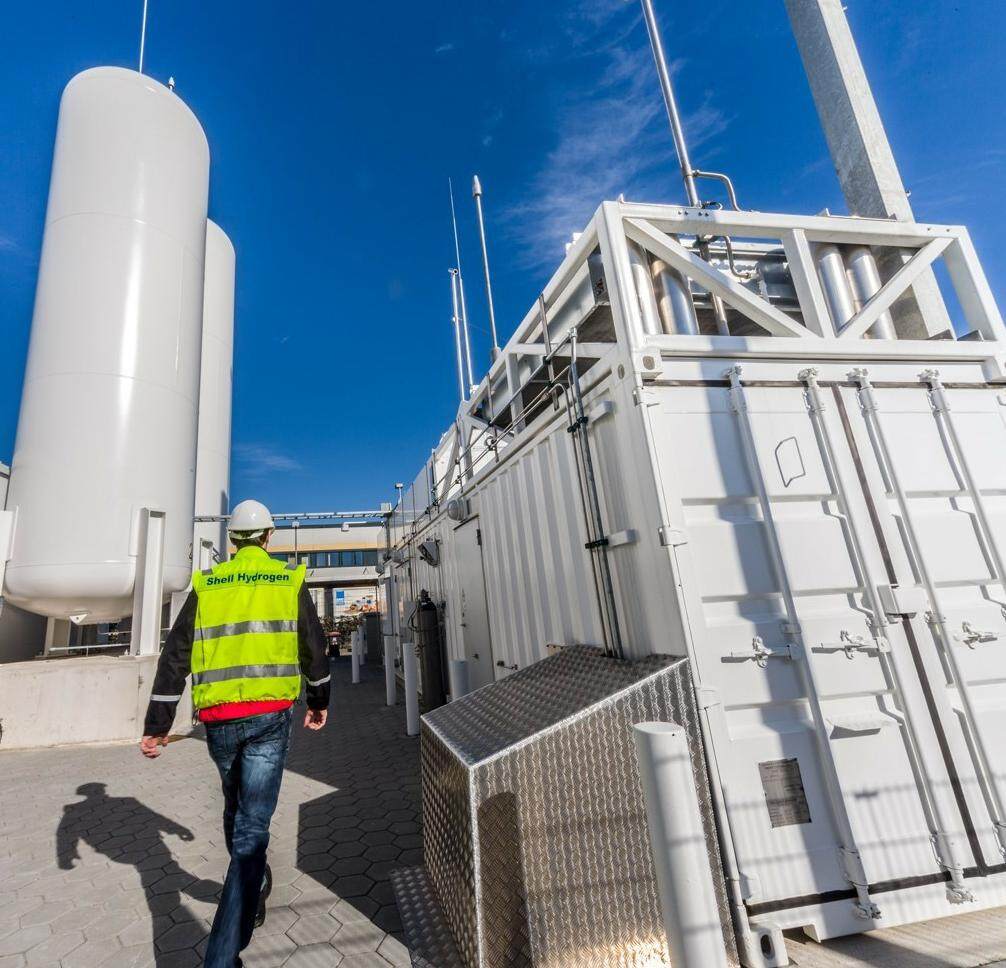
It is understood that the first phase of the project has an installed capacity of 60,000 kilowatts of hydrogen production from electrolyzed water. Unigel said that the green hydrogen produced will be used to reduce greenhouse gas emissions in industrial processes, mainly including the steel industry and the oil refining industry. The company has signed off-take agreements with local wind developers in Brazil to buy at least 1 billion reais worth of renewable electricity from local wind farms.
The use of renewable energy to produce green hydrogen and green ammonia has gained widespread attention in Latin America in recent years. According to Reuters, a number of companies have recently indicated that they will invest in the green hydrogen industry in Brazil to promote the reduction of greenhouse gas emissions in Brazil. In the first half of 2022, the multinational company Fortescue Future Industries announced that it would invest US$6 billion in the construction of a green hydrogen project at the Pecem port in Brazil. Shell also announced that it would cooperate with Brazilian companies to build a green hydrogen project.
In addition to Brazil, Argentina, Chile, Costa Rica and other Latin American countries have also significantly accelerated the layout of green hydrogen projects. The Chilean government announced six green hydrogen project development plans last year. The annual output of green hydrogen can exceed 45,000 tons. It is expected to be officially put into production around 2025. In May 2022, Chile's national development office, Corfo, announced that it had finalized agreements with three companies for the production of industrial-grade green hydrogen. According to the Chilean government, the current push to promote green hydrogen is conducive to economic growth and can help achieve the energy transition.
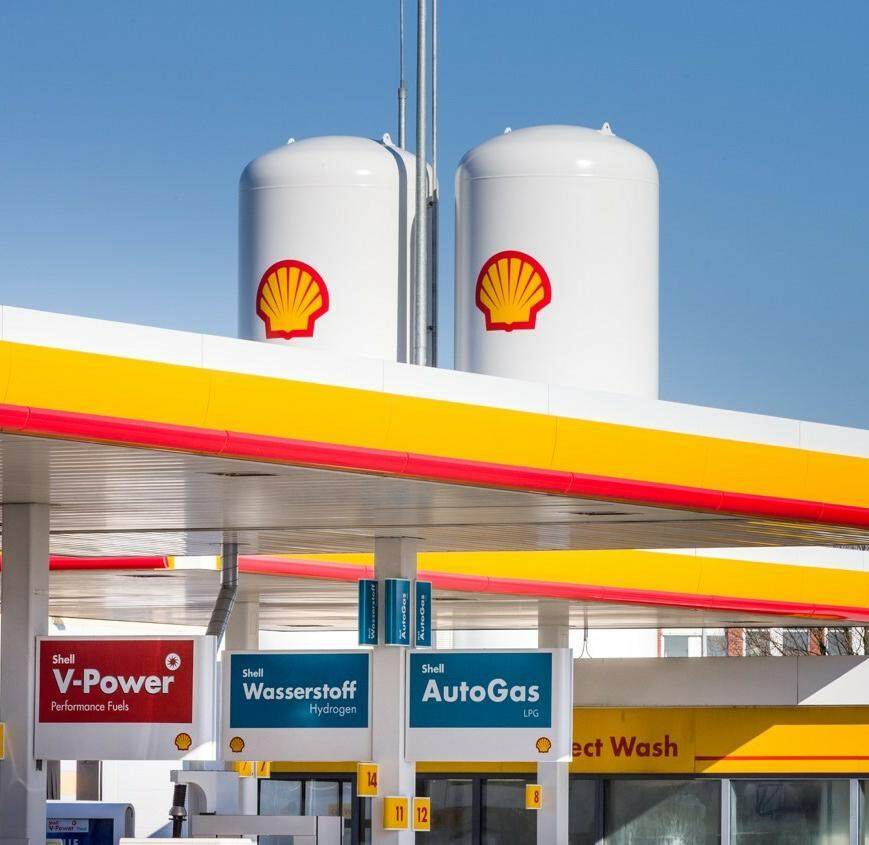
In addition, the Argentine government also announced that it will cooperate with multinational companies to invest 8.4 billion US dollars in green hydrogen production in the next 10 years to promote the Argentine wind power hydrogen production industry. Rodrigo Rodriguez Tornquist, an official at Argentina's Ministry of Environment and Sustainable Development, said that hydrogen can be used not only in the energy sector, but also in fields such as fertilizer production, which not only ensures food supply but also accelerates the decarbonization of the economy.
It is expected to become a green hydrogen export distribution center
According to statistics from the International Energy Agency, in recent years, green hydrogen production projects in Latin America have surged. In 2019, there were only 3 hydrogen production pilot projects, located in Argentina, Chile and Costa Rica. A green hydrogen project.
From the perspective of industry insiders, the transition from an energy importer to a green hydrogen exporter is one of the main reasons for Latin American countries to promote the development of green hydrogen. As early as 2020, the Chilean government announced the "National Green Hydrogen Strategy", which plans to achieve a scale of 5 million kilowatts of renewable energy for electrolysis of water in 2025 and become one of the world's major hydrogen exporters by 2040.
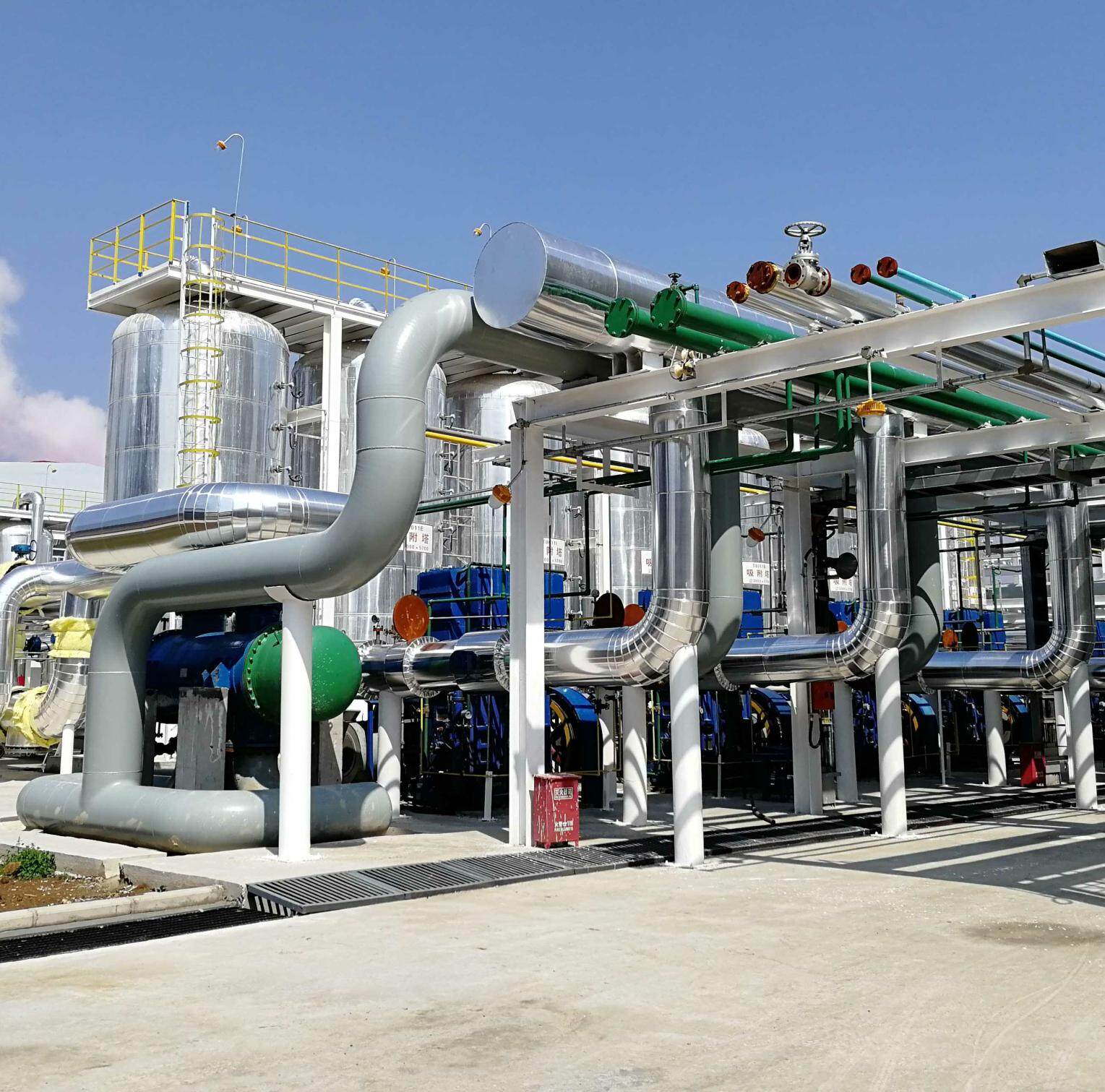
The International Renewable Energy Agency has commented that by 2030, the cost of green hydrogen production is expected to be equal to that of natural gas hydrogen production, especially in the case of soaring natural gas prices in local areas, green hydrogen costs may become competitive earlier. The potential for green hydrogen production can actually exceed global demand, and countries that can produce cheap green renewable electricity will be best placed to produce competitive green hydrogen. Among them, Chile, Namibia and other countries are especially so, which are gradually becoming green hydrogen exporters.
At the same time, the huge potential of wind and solar power generation in Latin American countries also provides conditions for the large-scale production and export of green hydrogen. Unigel CEO Roberto Noronha Santos pointed out in a statement that Brazil has abundant wind power and photovoltaic resources, which will bring great opportunities for Brazil to vigorously develop green hydrogen, which can transform renewable energy into raw materials and zero-carbon fuels. Etienne Gabel, senior director of the industry research organization Aisin Huamai, pointed out that Chile has unique solar and wind energy resources, and the Chilean government is trying its best to promote policy support.
Green electricity supply and transportation become the key
Although the potential is huge, many industry organizations also pointed out that the development of green hydrogen and even becoming a green hydrogen exporter cannot be achieved overnight. Latin American countries still need to continuously expand the installed capacity of renewable energy, and also need to consider supporting construction such as hydrogen delivery channels.
Industry media Recharge analysis pointed out that Unigel's statement stated that 75% of the energy of the planned Brazilian green hydrogen project will come from renewable energy, mainly wind power, but in fact, about 2/3 of Brazil's current electricity comes from hydropower, It remains to be seen how "green" this green hydrogen project is in the end.
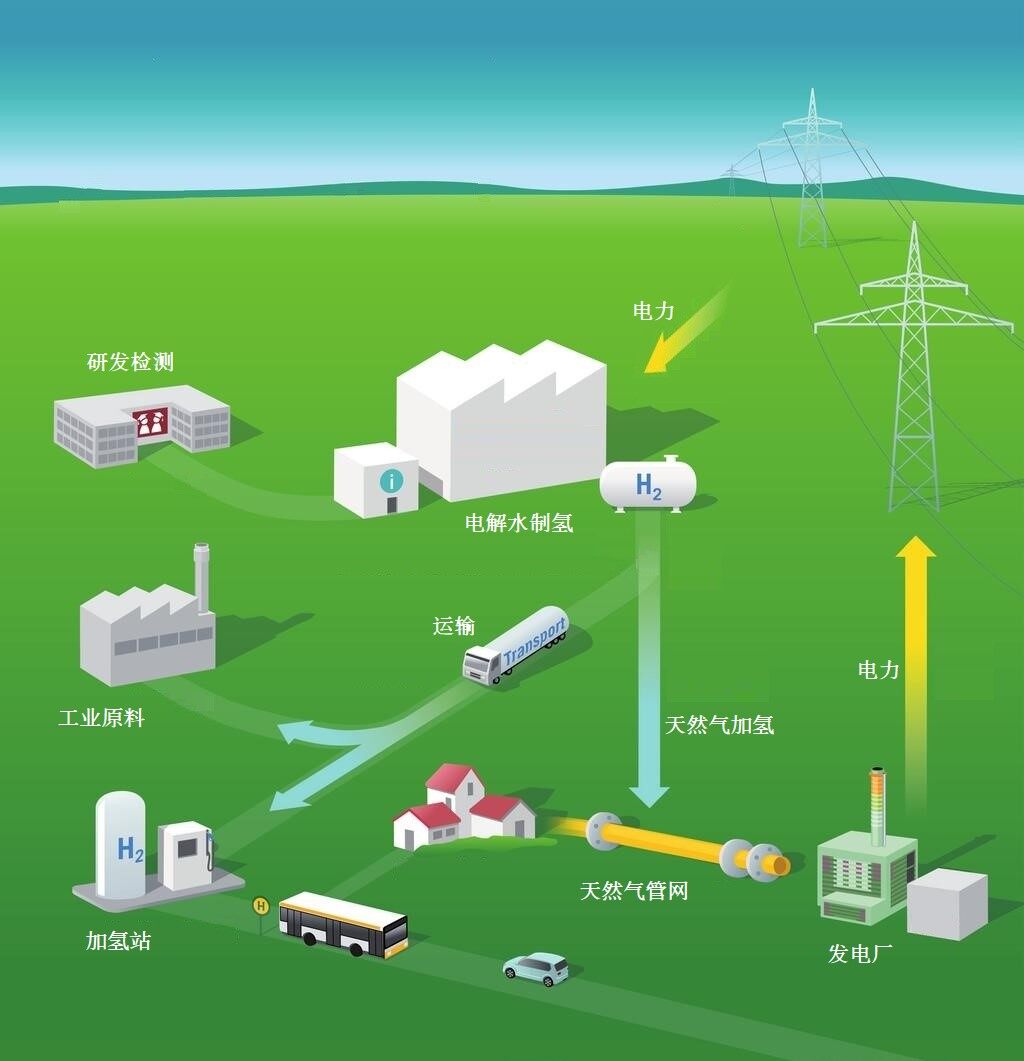
Industry insiders believe that the key to developing a capital-intensive project such as green hydrogen is cooperation between government and business, which must include incentives for renewable energy. Rodrigo Rodriguez Tornquist said that the use of green hydrogen requires a long-term roadmap and a significant investment of resources, which will require all stakeholders in the public sector and private sector to constantly adjust their needs and expectations.
EtienneGabel pointed out that Latin American countries are far away from the hydrogen markets in Asia and Europe. To become a green hydrogen exporter, the first challenge to overcome is the high cost of hydrogen transportation. For Chile, the cost of green hydrogen production still needs to be further Down to achieve development goals.
The oil price network wrote that the rise of hydrogen in the global energy system will take a long time, and the large-scale green hydrogen projects currently planned in Latin American countries will actually not be implemented until around 2030. These countries need to establish corresponding norms, regulations and business frameworks , thereby promoting the gradual penetration of hydrogen into the energy system. Editor / Xu Shengpeng
Comment
 Praise
Praise
 Collect
Collect
 Comment
Comment
 Search
Search


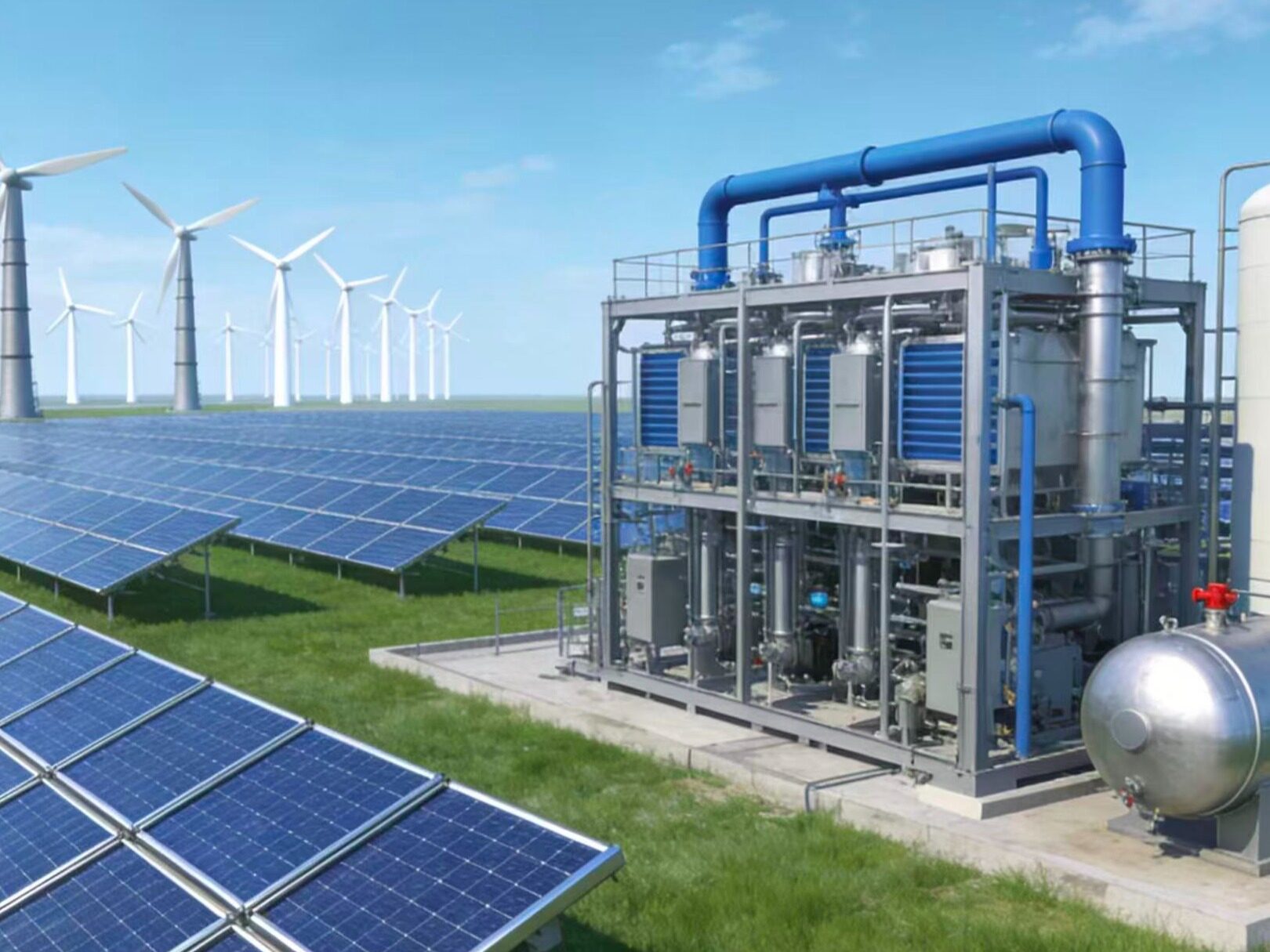
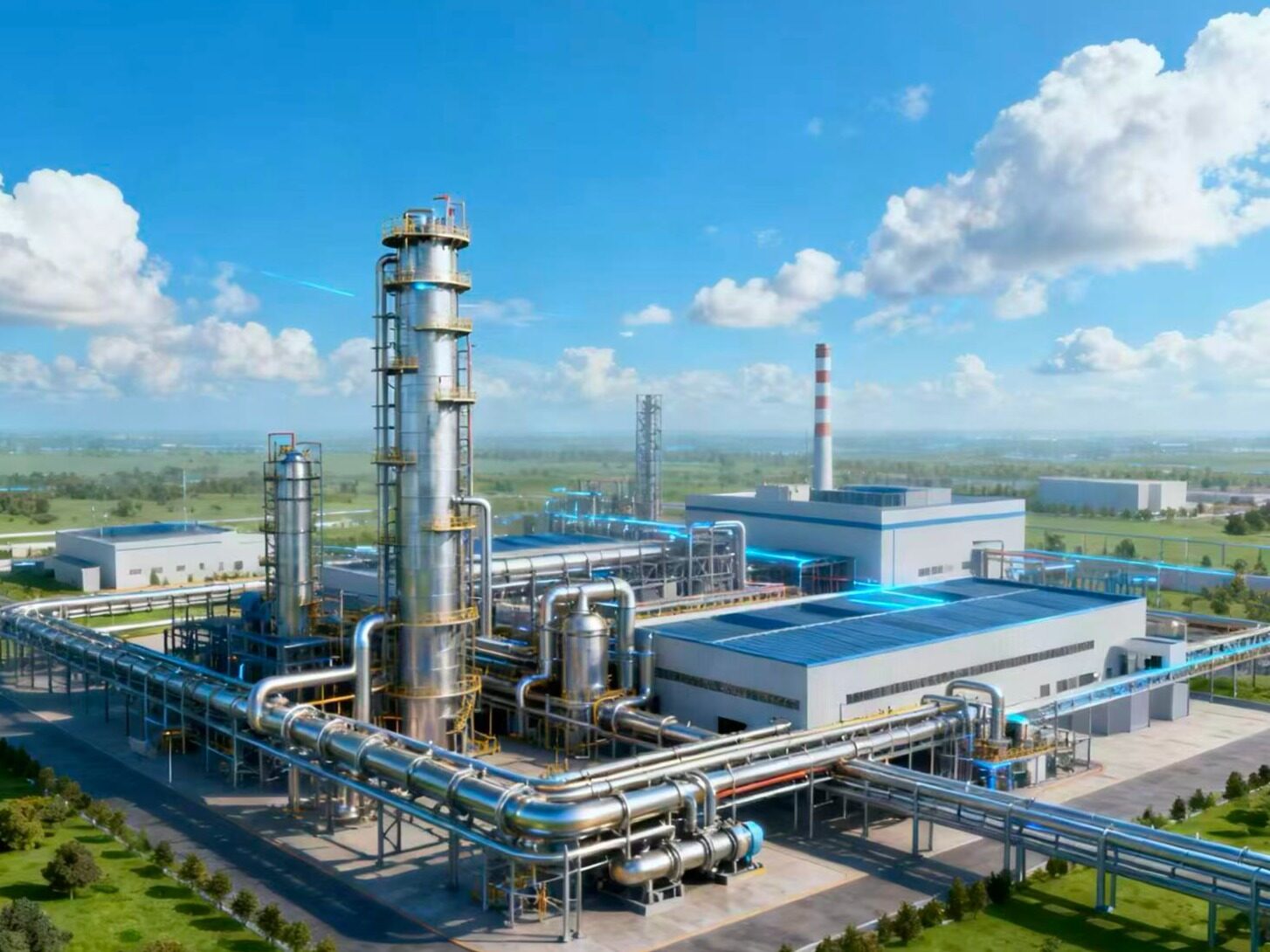
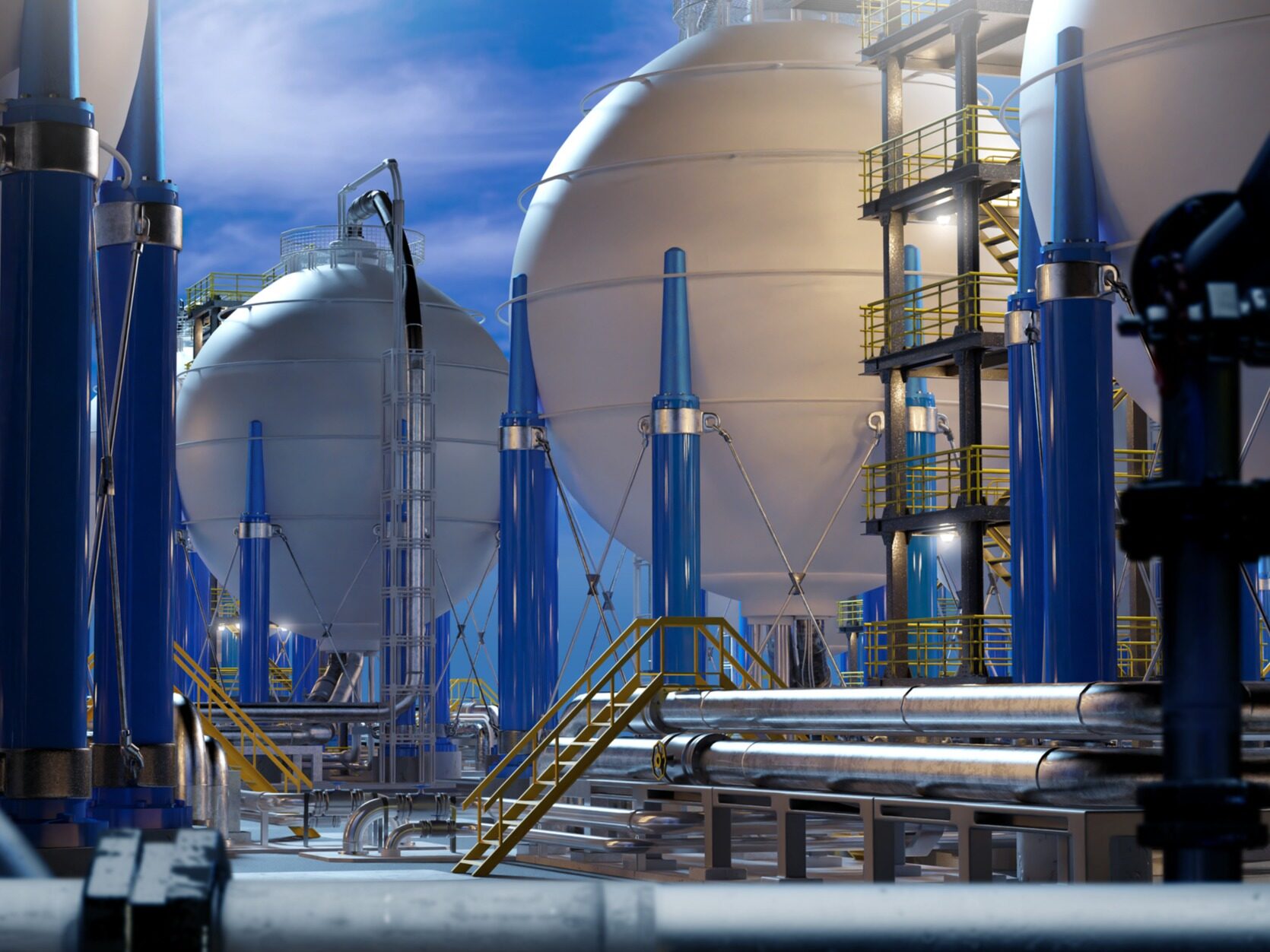
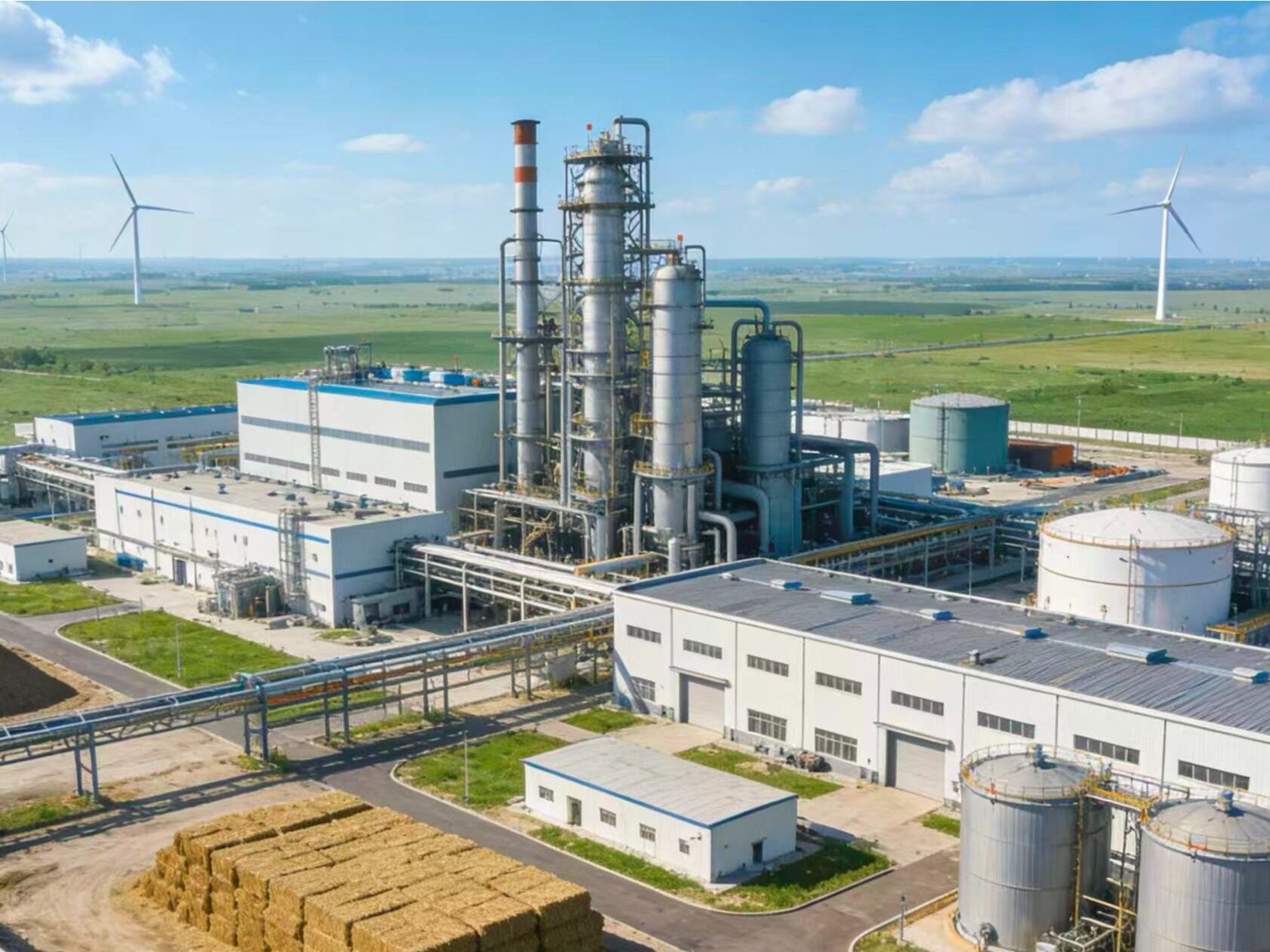
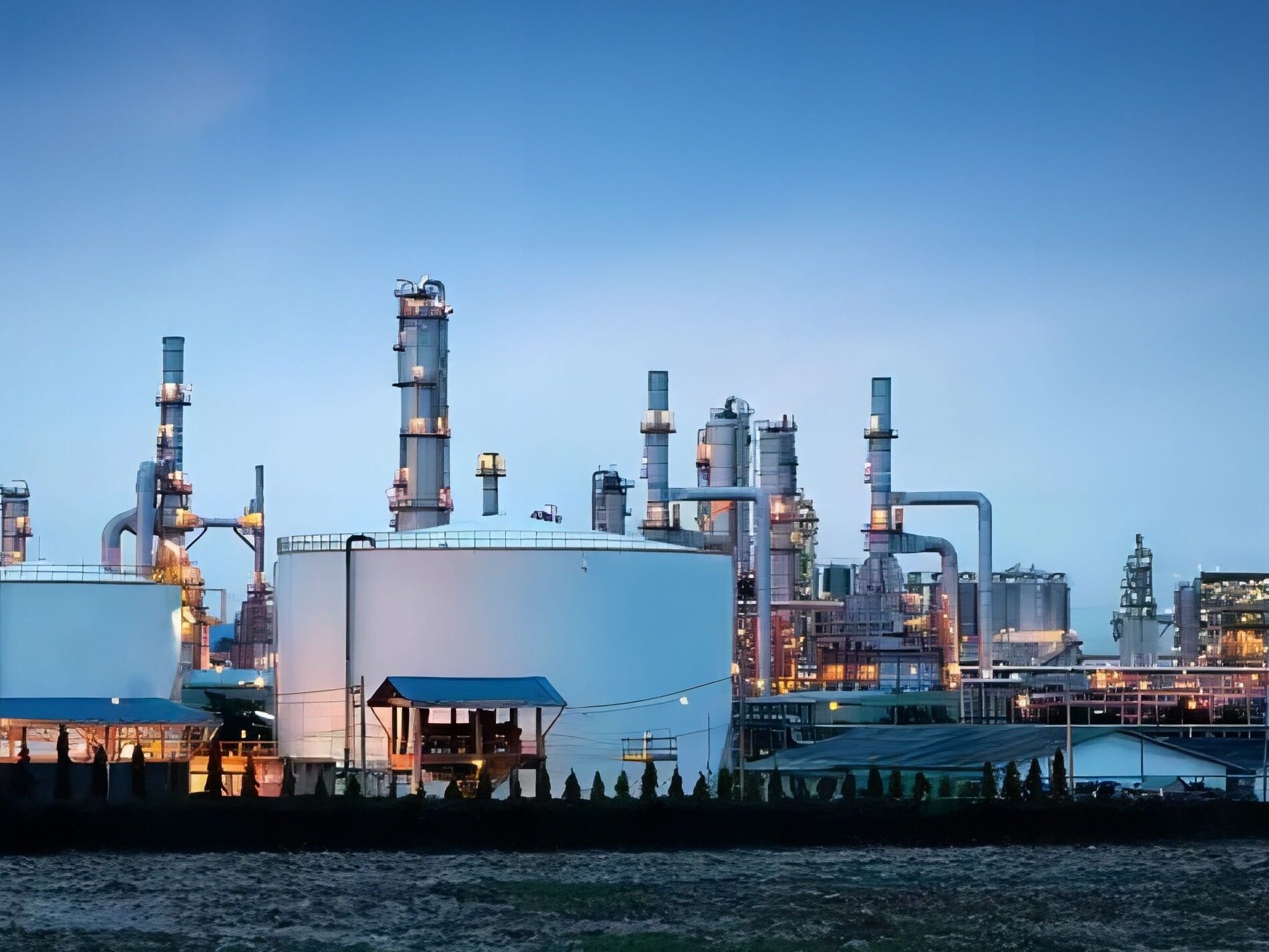
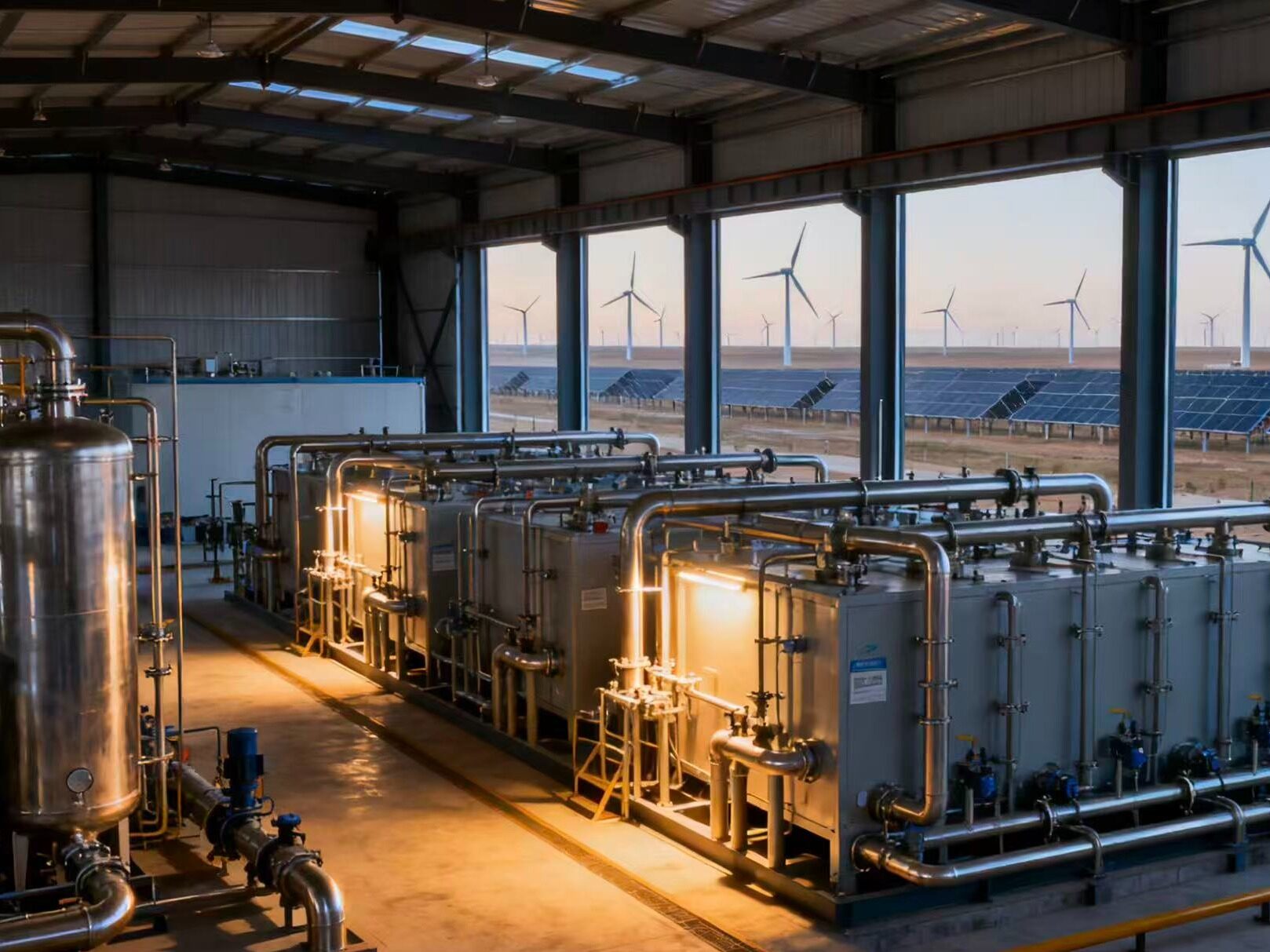






Write something~